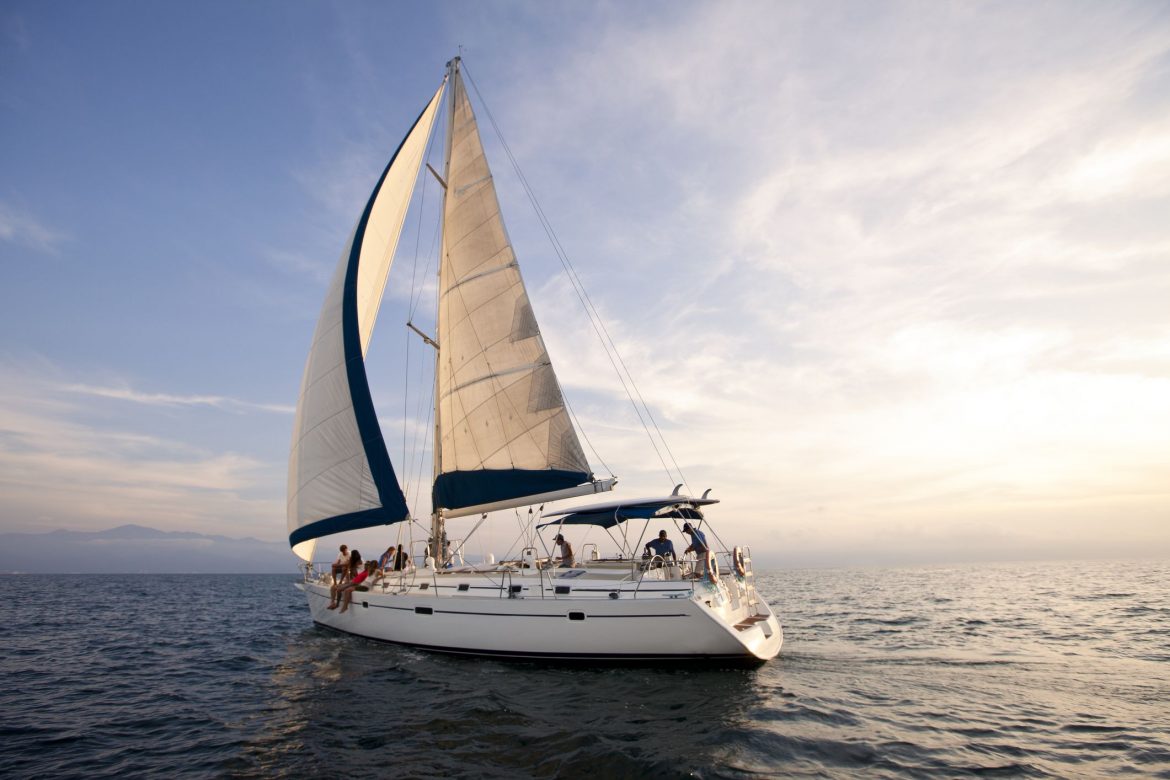Are you thinking about buying a boat? Before you start looking at a boat with your chequebook ready, you should first consider these questions.
What kind of boating would I like to do?
Boats are specialized, so what you buy should be largely determined by how you will enjoy the water. Take the time to do your research. Just as you wouldn’t buy an off-road vehicle to commute on a highway, it’s important to find the right boat to fit your activities, tastes, and the needs of your crew.
- What activities do I plan on using the boat for? Fishing (salt or freshwater?), water sports, sailing, cruising etc., multipurpose? This is absolutely the most critical step in the planning process.
- Which type of boat is right for me? Fishing boats, fish and ski boats, cabin cruisers, high performance boats, deck boats, pontoon boats, sailing, etc. These are just a few of the many options you’ll want to consider based on the activities you want to pursue on the water.
- What is the average number of people I expect to have on board? Family cruises are no fun in a crowded two person fishing boat! Carefully consider how many people you’ll have with you on most of your trips.
- What is your price range? Before you begin shopping, you’ll want to establish a budget.
Do I buy new or second-hand?
Some arguments for both:
-
- New boats are expensive !
- New boats depreciate horribly in the first few years, and then again at the 6 or 7 year mark when engine and sails and rigging need overhaul/replacement. Either 2-year-old or more than 12-year-old might be “sweet spots” to buy used.
- A used boat has already “decided” whether it will blister or not; a new boat is a gamble.
- A new boat may have significant defects; quality control is not as good as in cars.
- A used boat, like any other used thing, may have suffered abuse that is hard to detect.
- A new boat may have more modern equipment, but maybe the manufacturer chose skimpy equipment.
- A used boat may be sensibly equipped to cruise; the previous owner worked out solutions to common issues.
- In many cases, old boats were built stronger than new boats.
- In many cases, new boats are faster, easier to handle, and/or have more consumer-friendly features (e.g. swim platforms, davits) than old boats.
- A new boat can be ordered with the layout and features that you choose (within limits).
- A new boat would have some level of warranty protection.
Whenever you buy something used, there’s a higher level of risk than when you buy it new. That’s particularly true when you’re shopping for motorized vehicles: a car, a motorcycle, or a boat. In fact, it’s doubly true for boats, because there are so many systems, compartments, and accessories that are vitally important but impossible to see. Unless you’re buying something small, it it highly recommended that you have the vessel surveyed before making an offer.
When looking at boats, concentrate on the big things, not the little things that are easily changed later. Don’t worry about ugly furnishings, bad smells, worn-out lines, hoses, dirt, obsolete electronics. Focus on whether you fit into berths and cabins and cockpit, overall size and configuration, engine type and condition and access, etc. Check the condition of hard-to-replace systems: engine, water tank, fuel tank, maybe holding tank. Also inspect the condition of fiberglass laminate structures and try if possible to get a haul-out to assess the condition of hull and rudder.
What are the hidden costs?
While some guys can afford the actual boat of their dreams, it’s the hidden costs that may put a dent in their wallets. It’s been said that the third most expensive part of owning a boat is maintenance.
If you’ve opted for a bigger boat, consider that there will be mooring fees on top of this as well.
In all instances, there is also the cost of running the boat in terms of fuel for power boats and in both instances there will also be the cost of insurance.
How thoroughly should you inspect a boat before you buy?
That depends, but if this is a major purchase it’s important to dig deep, beyond what the seller wants you to see—especially if you’re trying to figure out why a particular deal looks a little too good to be true. If you’re not sure whether a particular boat is worth a closer look, start with a walkaround.
Bright gel coat, polished fittings and colorful accent stripes make all new boats look good. As a buyer, you face the problem of getting beyond the eye-catching cosmetics in order to see intrinsic quality.
Once you’re happy with things, you can ask for a sea-trial. This is a fancy term for a test drive, designed to test a boat’s seaworthiness. There are established standards for sea trials leading to a vessel’s certification, but unless a buyer insists on a survey, a casual boat ride is usually all that is provided.
What’s included in the deal?
What’s included will depend not only on the type of boat you buy, but also on the deal you can make and whether you’re buying new or used. Any seller should provide an equipment list that will give you an idea of how much stuff comes with the boat. You may opt for a total package or choose to do your own shopping for amenities. Even if you choose a package deal, there will undoubtedly be more “stuff” needed before you can push off from the dock. Make sure you save enough money to spend on the extras that will help you safely enjoy being on the water.
Finally don’t be afraid to negotiate, if you asked the questions above you should be in a stronger position and there’s never any harm in asking.
Photo: Getty Images


